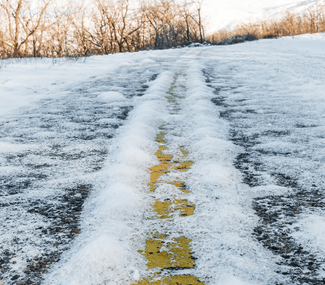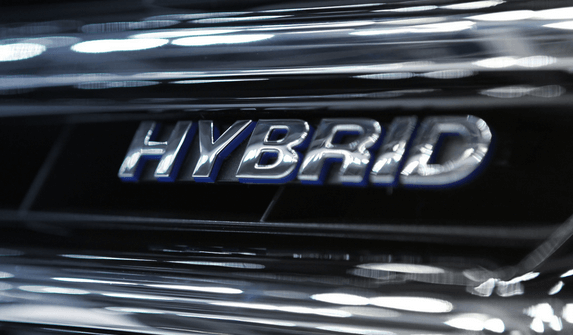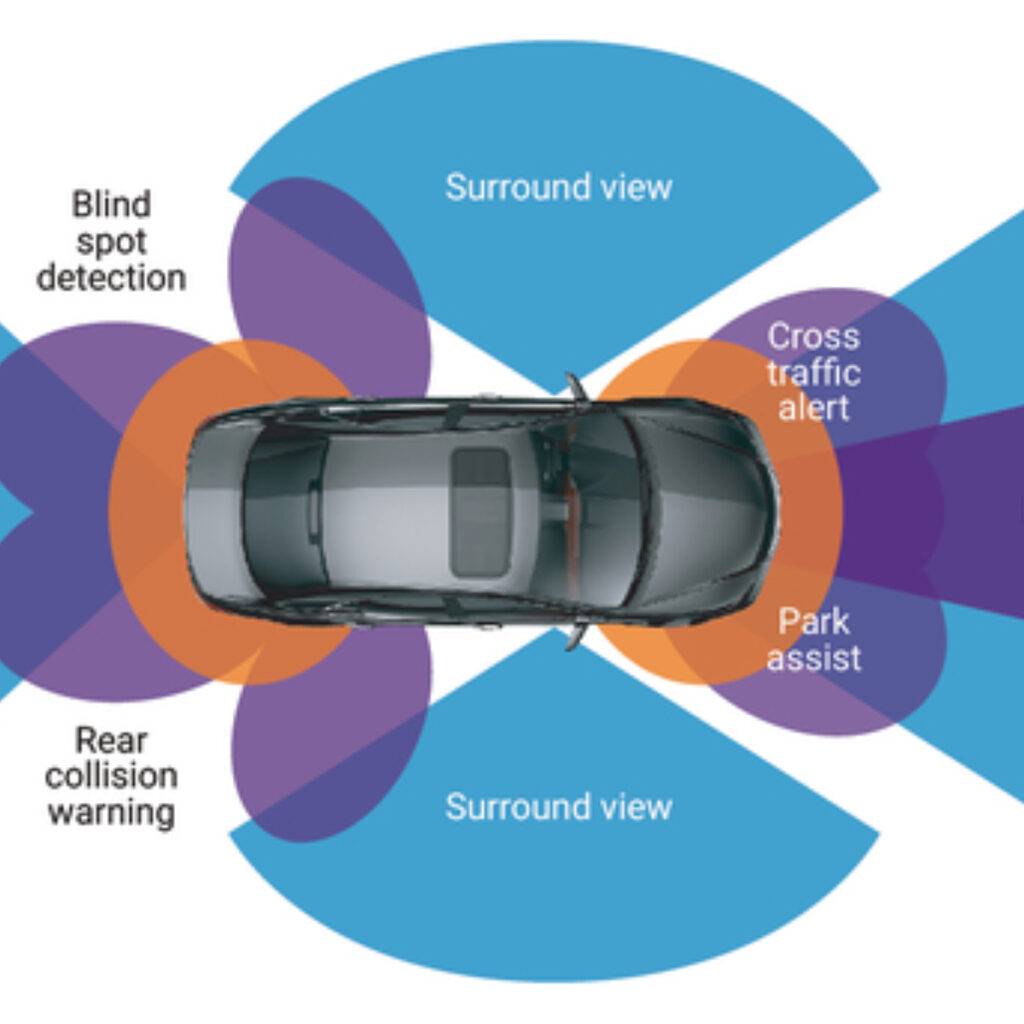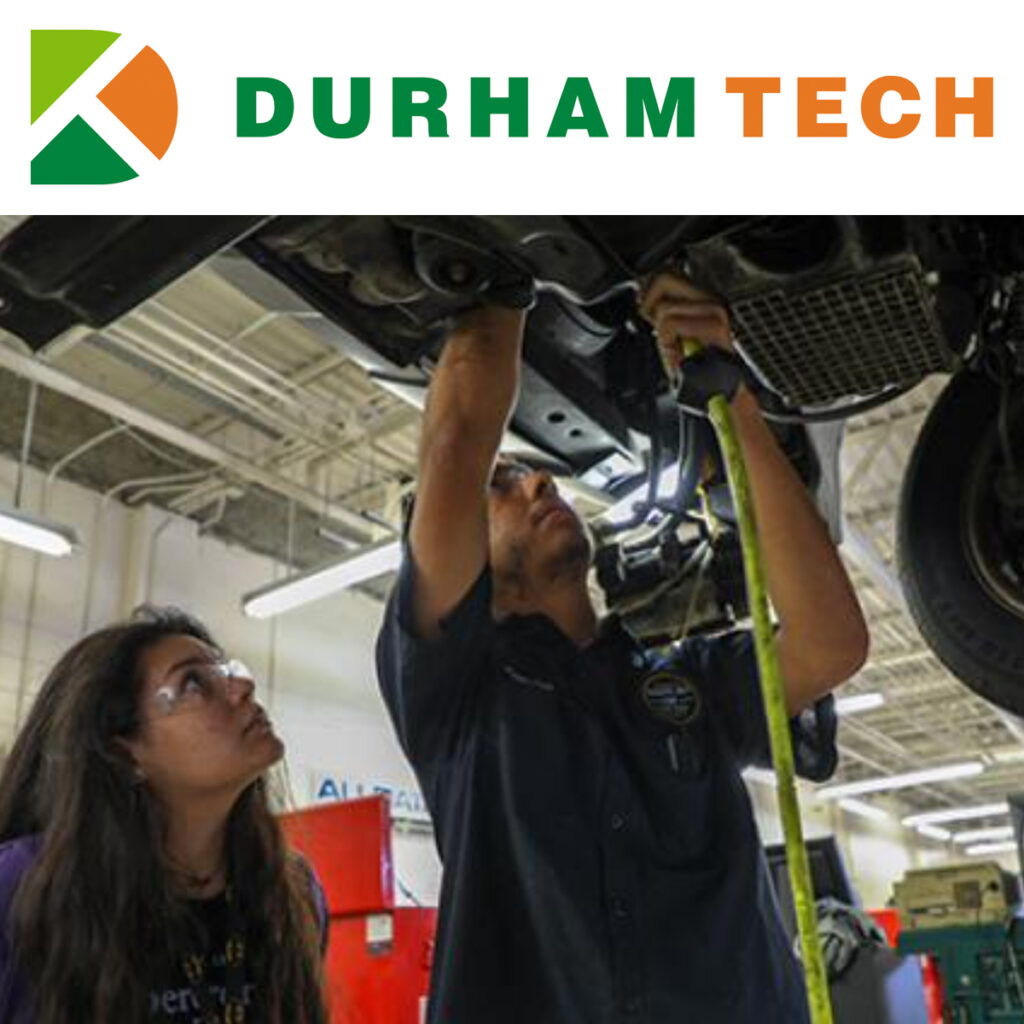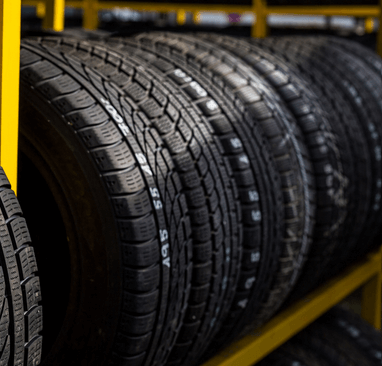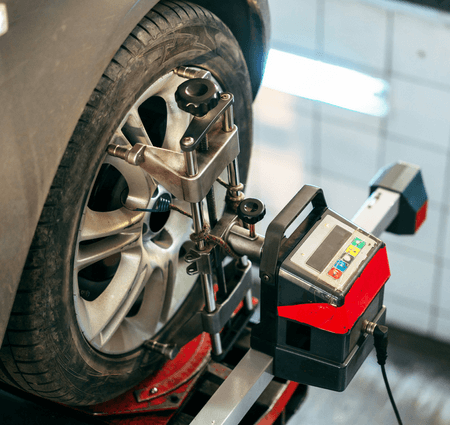As we head into the winter months, it is important to keep up with the maintenance of your vehicle. Winter can be an especially trying time for car owners, as the dropping temperatures affect automobiles in all sorts of ways. When thinking about how cold weather affects cars, your mind might turn to your engine or the various fluids that make your vehicle run, but the alignment of your tires can also be impacted by icy conditions.
As you prepare for winter driving conditions, learn more about how driving on ice-covered roads can impact your alignment and what you should be looking for if you think your car’s alignment is having issues.
The Impact of Icy Roads on Wheel Alignment
Your vehicle’s wheel alignment is especially vulnerable to alignment issues during the winter. Some of the primary causes for wheel alignment issues happening on icy roads include the following:
- Increased Chance of Potholes: Ice expands and contracts as the temperatures change, and this fluctuation is notorious for causing potholes on icy roads. When you hit a pothole in your car, your wheels can get knocked out of alignment. Since icy roads can hide potholes and make them more likely to develop, you’re more likely to hit a pothole that knocks your wheels out of alignment.
- Greater risk of sliding and colliding with another vehicle: An accident while on icy roads is every driver’s worst nightmare. Unfortunately, icy roads increase the risk of collisions, as they can cause vehicles to slide on the ice and collide with another vehicle. These types of crashes can easily affect your car’s alignment and handling.
- Higher Stress on Suspension Systems: Driving on icy roads can lead to a lot of sudden stops and starts, which puts extra stress on your suspension system. Over time, this stress can cause your tires to get out of alignment. After the winter season is over, you may want to pop over to a mechanic to make sure that all of the stop-and-go during the winter didn’t impact your vehicle’s alignment.
The Importance of Alignment Checks During and After Winter
Getting your tire’s alignment checked can be a smart investment during the winter months and after they’re over. Tire alignment can affect your driving experience in many different ways, including:
- Tire Lifespan: Misaligned tires will put more stress on the tire structure and cause them to wear out earlier than they normally would. Regular alignment checks will ensure your car is as safe to drive as possible. It can also save you money in the long run because you’ll get your money’s worth out of a set of wheels.
- Improved Fuel Efficiency: If you’ve been wondering why you’ve been spending so much time at the gas pump this winter, it could be because of misaligned wheels. When your tires are misaligned, they create more resistance, causing your vehicle to work harder and consume more fuel.
- Smoother Driving Experience and Enhanced Safety: When your tires are misaligned, you’ll notice that your car pulls slightly in one direction. If you’re driving in icy conditions, the last thing you want is for you to have less control over your vehicle. Proper wheel alignment ensures your tires are contacting the road optimally, giving you the peace of mind that you and your passengers will get where you need to go with the least amount of risk possible.
When Should You Get Your Alignment Checked?
Since wheel alignment issues can affect your vehicle’s safety, you’ll need to have your alignment checked when you notice any signs of alignment issues and at regular maintenance inspections. Below, you can find a breakdown of the times when you’ll need to check your vehicle’s alignment:
- After you’re in an accident or hit a pothole: If you’ve hit a large pothole or had a collision, it’s time to take your car in. Since both of these instances can affect alignment, it’s a good idea to go ahead and have a professional take a look at your wheels after your car has taken any kind of impact
- When You Notice Key Signs of Misaligned Wheels: Some of the most common signs of misaligned wheels include a vehicle pulling to one side, vibrations, and tires wearing unevenly. If you notice any of these signs, you should take your car to a mechanic to see if it needs a wheel alignment service.
- During Standard maintenance checks: Regular vehicle maintenance checks are vital for any car owner. Catching alignment issues early can help keep you safe and save you money in the long run. Be sure to include alignment checks in your regularly scheduled maintenance visits. Those who want to be even safer should consider setting up a maintenance inspection before and after the winter to make sure that everything in your car is running optimally.
Choose Chapel Hill Tire for all of Your Wheel Balancing Needs
If you’re looking for wheel alignment near you in Chapel Hill, Durham, Raleigh, or the surrounding areas, choose Chapel Hill Tire. Whether you’re bringing your car in for a routine inspection or after you’ve noticed signs of misaligned wheels, our mechanics can fully inspect your vehicle and align your wheels if needed. Before you schedule an appointment, review our promotions to find a great deal on our many services!
Learn more about our wheel alignment services today. When you’re ready to bring your car in, please make an appointment at one of our convenient locations in the Triangle Area.
